
For the first time in history, an in-depth study has been performed that allows science to define what happens when we meditate. Following the same protocols for pharmaceutical studies, scientists from the University of California San Diego were able to extract data from thousands of people all over the world, using a Dr. Joe Dispenza retreat as their testing grounds. This documentary reveals never before seen data on how meditation shapes everything from our mind to the tiniest cell molecules in our body. You are asked to come along on a journey to see how science has proven how powerful we are as humans through thought alone. Heal, expand, and be inspired by the potential of humanity in this groundbreaking documentary.
You May Also Like
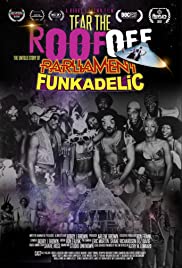
The untold true story: The rise and fall of the greatest funk band ever, Parliament Funkadelic.
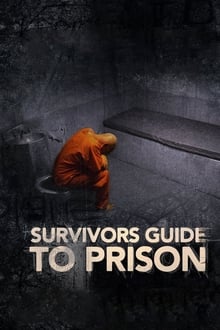
Today, you’re more likely to go to prison in the United States than anywhere else in the world. So in the unfortunate case it should happen to you – this is the Survivors Guide to Prison.
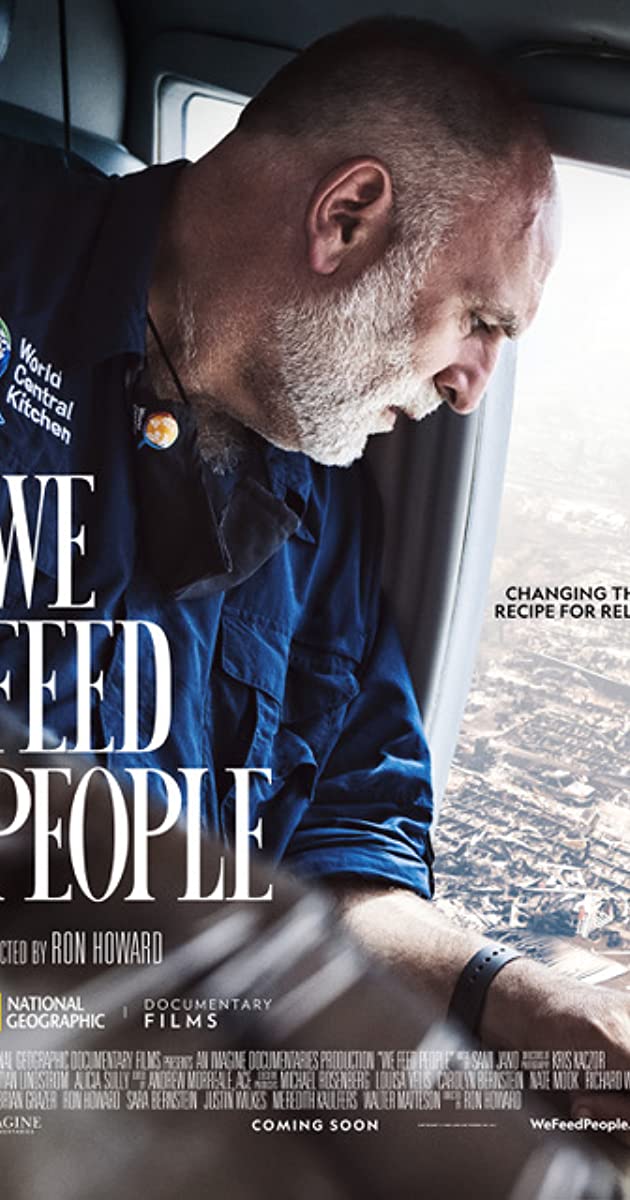
We Feed People spotlights renowned chef José Andrés and his nonprofit World Central Kitchen’s incredible mission and evolution over 12 years from being a scrappy group of grassroots volunteers to becoming one of the most highly regarded humanitarian aid organizations in the disaster relief sector.

Every year since 2011, a unique beauty contest has been taking place in Haifa. The contestants are female survivors of the Holocaust. In the midst of this flashy spectacle, their personal traumas remain as deep as ever. There are many things about this contest that are controversial: it is organized by the right Zionist organization, the International Christian Embassy Jerusalem, and the dubious contest itself rises the public indignation of various speakers, including other survivors.

Guided by Liv Ullmann and with commentaries from a number of prominent filmmakers for whom Bergman is and remains an important influence – such as Woody Allen, Olivier Assayas, Bernardo Bertolucci, Arnaud Desplechin, John Sayles, Martin Scorsese and Lars von Trier, the film provides a vivid portrait of the artist who in each new project found a challenge for himself and for the people he worked with – both actors and colleagues behind the camera.
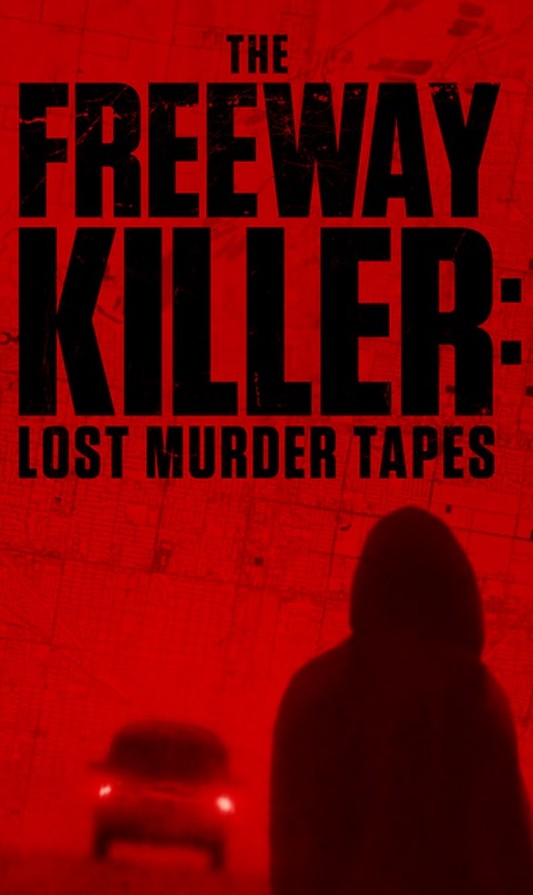
In 1970s California, a serial killer dumps young boys’ bodies along the freeways. An L.A. street reporter on the case receives information that embroils him in the dilemma of a lifetime. Decades later, lost confession tapes help experts uncover the truth.
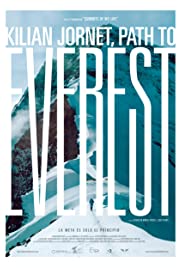
Surrounded by the mountains and people who are his inspiration, in ‘Path to Everest’, the mountain athlete Kilian Jornet reveals his most intimate fears, contradictions and passions. Summits of My Life is the personal project of Kilian Jornet, in which for five years he has traveled to some of the most important peaks of the planet to try to establish FKT (fastest known time) of ascent and descent of some of the most emblematic mountains of the world. The project is closely linked to values and a way of understanding the purist and minimalist mountain. The experiences lived in each challenge have been captured in different films.

The final entry in a trilogy of films produced for the U.S. government by John Huston. Some returning combat veterans suffer scars that are more psychological than physical. This film follows patients and staff during their treatment. It deals with what would now be called PTSD, but at the time was categorised as psychoneurosis or shell-shock. Government officials deemed this 1946 film counterproductive to postwar efforts; it was not shown publicly until 1981.

Overcoming poverty and abuse, Diana Wright built a multi-million dollar business devoted to improving the quality of life for nurses, only to be given a terminal cancer death sentence by the very industry she dedicated her life to. Failed by the American medical system with only eight months to live, Diana takes her health into her own hands, spending her forecasted time in search of the cure for cancer.

After nearly 70 years of valiantly trying, what will it take for the Boomers to finally bring home an Olympic medal?
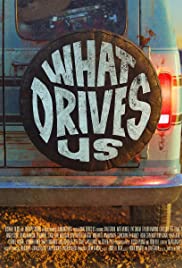
Directed by Dave Grohl, this feature documentary film is a love letter to the rare club of rock and roll, as well as an inspiration to every young kid who dreams of a life playing music. Dave was that kid. And so was Ringo, Annie Clark, The Edge, Steven Tyler, and everyone in between. The list goes on forever. While they all have stories— outrageous, unbelievable, insane, as well as poignant stories— they all share a common bond. At some point, before anyone knew their name, they had an unstoppable drive to share their music with the world. Their passion led them to leave everything behind, throw caution to the wind, and chase their dream. Nobody was promised anything, but they all had a plan.

Produced and directed this documentary for BBC in the 1980’s, about David Gulpilil, acclaimed Australian Aboriginal actor, dancer and musician. The film shows how Gulpilil is always working to bridge the gap between the tribal Aboriginal and Western worlds. He divides his time between a traditional tribal lifestyle and his artistic work, which has included major film roles, collaboration with contemporary dance and music groups and teaching Aboriginal dance and culture. Bill and David travel to Hollywood where David was the most popular Australian in the world at that time, with FOUR films playing in America – WALKABOUT, STORM BOY, THE LAST WAVE and MAD DOG MORGAN. After relating to both the black and native American cultures and filming a quick scene for a big Hollywood picture, he pines to head back through the Outback to his beloved Arnhem Land. Edited by Simon Dibbs and shot by Ray Henman.